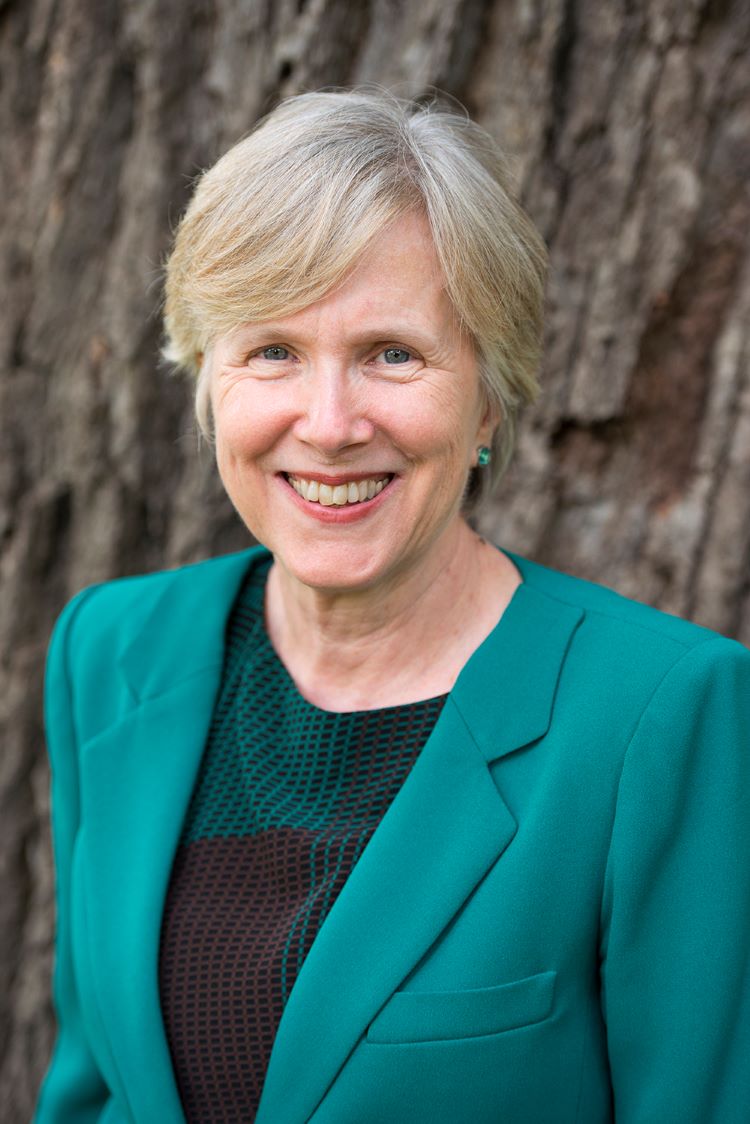In celebration of National Homeless Youth Awareness Month, Dr. Ann Masten, Regents Professor at the Institute of Child Development, University of Minnesota, reflects on her research with children in families experiencing homelessness, highlighting what inspired her, key findings, and advice for the future. Her research on homelessness has been supported by IES, NSF, NIH, her university, and local foundations. She underscores the power of a resilience lens for research with high-risk families and the vital role of research-practice partnerships.
 What inspired you to study homelessness?
What inspired you to study homelessness?
In 1988, the issue of homelessness among children surged onto the front pages of newspapers and magazines as communities were confronted with rapidly growing numbers of unhoused families. That year, Jonathan Kozol published his book, Rachel and her Children: Homeless Families in America, about the desperate lives of families without homes crowded into hotels in New York City. Kozol gave a compelling talk I attended at the University of Minnesota. At the time, I was doing part-time, pro bono clinical work with children at a mental health clinic run by the Wilder Foundation. The foundation president requested that I help them learn about the needs of children and families experiencing homelessness in the Twin Cities.
Digging into the literature as I visited shelters and interviewed school personnel who were faced with the surge of family homelessness, I quickly learned that there was little information to guide educators or service providers. Shelters could barely keep track of the numbers and ages of children in residence each day, and schools were struggling to accommodate the overwhelming needs of kids in emergency shelter.
This search inspired me to launch research that might be helpful. I was deeply moved by the plight of these families who were trying to care for their children without the security of a stable home, income, food, healthcare, or emotional support. I had grown up in a military family, frequently moving and dealing with parental deployment, which was stressful even with adequate resources.
As an early career scholar, I had funding to start new work aligned with my research focus on resilience in child development. In 1989, I initiated my first study of homelessness, surveying parents and their children residing in emergency shelter compared with similar but housed families. Although I knew from the outset that homelessness was not good for children, I also realized it was important to document the risks and resilience of these families.
How has your research on homelessness evolved in the past three decades?
Initially, my research with students and community collaborators was descriptive, focused on discovering the nature of adversities children and parents had faced, variations in how well they were doing, barriers to school access, and what made a positive difference—the protective factors in their lives. Over the years, we learned that children and parents in emergency shelter had much in common with other impoverished families, although they often had faced higher cumulative risk, as well as more acute trauma, and their children had more education issues. Administrative longitudinal data provided strong evidence of academic risk among children identified as homeless, with significantly worse achievement than housed children who qualified for free lunch. Poor attendance was an issue but did not account for the striking range of academic achievement we observed. Importantly, there was ample evidence of resilience: warm, effective parents and sociable, high-achieving children, eager to play and learn.
Research on homelessness aligned with a broader story of risk and resilience in development, revealing the importance of multisystem processes and protections for children as well as the hazards of high adversity in contexts of low resources and structural inequality. Results pointed to three basic intervention strategies: (1) lowering risks and toxic stress exposure, (2) increasing resources for healthy child development, and (3) nurturing resilience at multiple levels in children, their families, schools, and communities.
Given the range of school readiness and achievement of children experiencing homelessness, we focused on malleable protective factors for school success, particularly during the preschool years. Parenting quality and executive function (EF) skills were strong candidates. We tested EF skills that reflect neurocognitive processes involved in goal-directed behavior that are vital to learning. Many of the children in shelters struggled with self-regulation and related learning skills, which predicted how well they did at school, both in the short-term and over time.
With funding from a local foundation and IES, we developed an intervention to boost EF skills among young highly mobile children. Ready? Set. Go! (RSG) was designed to foster EF skills through practice embedded in routine preschool activities led by teachers, educating parents about brain development and how to encourage EF skills, and training parents and children with games, books, and music. Given family mobility, RSG was intended to be brief, appealing, and easy to implement. Pilot results were promising, indicating appeal to parents and teachers, fidelity of implementation, and encouraging changes in EF skills among the children.
In recent years, I have co-directed the Homework Starts with Home Research Partnership, a “grand challenge” project focused on ending student homelessness with a dedicated group of university, state, and community partners. This project integrates long-term administrative data in order to study effects of housing and other interventions on the educational success of students. Our work has underscored for me the power of collaborative partnerships and integrated data.
What advice do you have for researchers interested in conducting research on homelessness?
Connect with multisystem partners! Homelessness is a complex issue that calls for research-practice partnerships spanning multiple systems and perspectives, including lived experience. Integrated data systems that include multisystem administrative data are particularly valuable for understanding and following mobile populations. Sign up for updates from Federal and state agencies, as well as NGOs that disseminate research updates about homelessness. And aim for positive goals! Our focus on resilience and positive outcomes as well as risks and adversity was key to engaging families and our collaborators.
This blog was produced by Haigen Huang (Haigen.Huang@ed.gov), program officer at NCER.